Photographs: Reuters Abheek Barua
The RBI's strategy to feed dollars to oil marketing companies directly from its dwindling reserves is not sustainable, says Abheek Barua.
The rupee has shown remarkable stability in the range of 61 to 62 to the dollar, and our policy makers have begun to assume (at least if one goes by the public statements coming from North Block) that this is the level at which the exchange rate will settle for a while to come.
One could argue that this might not be a tenable assumption and the next few weeks could see a turning point for the rupee with another round of depreciation.
To explain this, I find it useful to trace the rupee's path in the last few months.
The pressure on the currency began to build up around the end of May when the US Fed decided to gauge the impact of tapering of its massive liquidity infusion programme (Quantitative Easing 3).
...
Fresh tremors for the rupee?
Photographs: Reuters
The first casualties of the "taper talk" were the emerging market bond markets, which in the absence of a guarantee of steady infusion of freshly-minted dollars started selling off. Indian bond markets were no exception and as they haemorrhaged, the rupee went sliding.
The Reserve Bank of India (RBI)'s first major (and classical) defence was to raise short-term rates on July 15 when it both capped the amount that could banks could borrow from the repo window and increased the emergency marginal standing facility rate by a hefty three percentage points.
In effect, the marginal cost of funds climbed three percentage points and pulled up all short-term rates with it. While the collateral damage of this action was huge, it slowed the exodus of foreign capital from the bond markets as the arbitrage opportunity swung sharply in favour of Indian debt.
...
Fresh tremors for the rupee?
Photographs: Reuters
While this clearly wasn't enough to stem the rupee's fall, one could argue that in the absence of these measures the rupee could have depreciated further.
The next major step RBI took, on August 28, was to offer a swap window for public sector oil marketing companies (OMCs).
This, in effect, meant that the OMCs could get into a repurchase agreement with RBI in which it got cash dollars from the central bank with the commitment to sell it back in the future at a certain exchange rate. This measure did not have an immediate effect on stabilising the rupee essentially because of two apprehensions.
First, the OMCs theoretically exposed themselves to the risk of having to deliver dollars back to RBI (at the predetermined rate) at a time when conditions in the spot market were unfavourable. The RBI appeared to have addressed this by promising (this is just a guess) to roll over the swaps if market conditions were adverse.
...
Fresh tremors for the rupee?
Photographs: Reuters
However, one niggling doubt that remained. By feeding the OMCs directly from its rapidly dwindling reserves wasn't the central bank actually compromising its external imbalances further? In short, this strategy wasn't quite sustainable.
And here's where the so-called "Raghuram Rajan effect" kicked in. What he did right after taking charge in September was, in essence, to make the strategy of taking the OMCs out of the market viable. How?
Indian interest rates on dollar deposits have been much higher than overseas rates and the non-resident depositor was keen on parking dollars in Indian banks. Yet, banks were loath to chase these deposits because of the high cost of hedging since forward cover rates were sky-high.
...
Fresh tremors for the rupee?
Photographs: Reuters
What Rajan did was to subsidise the cost of hedging both for dollar - foreign currency non-resident (bank) (FCNR(B)) - deposits as well as on overseas borrowings by Indian banks. Thus, banks could bring in funds, sell it directly to the RBI with the comfort of buying it back at a subsidised forward premium.
The FCNR(B) and bank borrowings were flows into the RBI's reserves while the swap facility for the OMCs were outflows. The markets recognised the fact that the needs of the OMCs could be met without depleting reserves, and if the inflows were larger than outflows there could be a net accretion to reserves.
This has certainly been the case with about $15 billion of inflows until the first week of November. Ironically enough, the reversal and stability of the rupee came on the back of transactions that were entirely "off-market". While the demand from OMCs disappeared from the market, not a single dollar from FCNR(B) or bank borrowings entered the market.
...
Fresh tremors for the rupee?
Image: RBI Governor Raghuram Rajan.Photographs: Reuters
Why could there be a turning point yet again for the rupee? For one thing, the swap window for FCNR(B) and bank borrowings closes at the end of November and with that the flood of dollar inflows will cease. The OMCs will have to come back to the market.
The fact that even in the absence of oil demand and the compression of the non-oil component of the current account deficit the rupee has not appreciated significantly seems to suggest that there is enough appetite for dollars.
My calculations, based on rupee liquidity (remember if RBI adds to its reserves, it releases rupees into the system), is that RBI would have added just about $7 to 8 billion to its reserves (net of the valuation gains that it gets by diversifying its reserves into currencies like the euro).
Thus, the option of keeping the OMCs off the market for a longer period does not exist. Foreign institutional investor (FII) inflows into stocks might have picked up but there is a steady outflow from bond markets. In October alone, FIIs sold $2.2 billion of Indian debt paper. What next, Dr Rajan?
The author is with HDFC Bank. These views are personal.


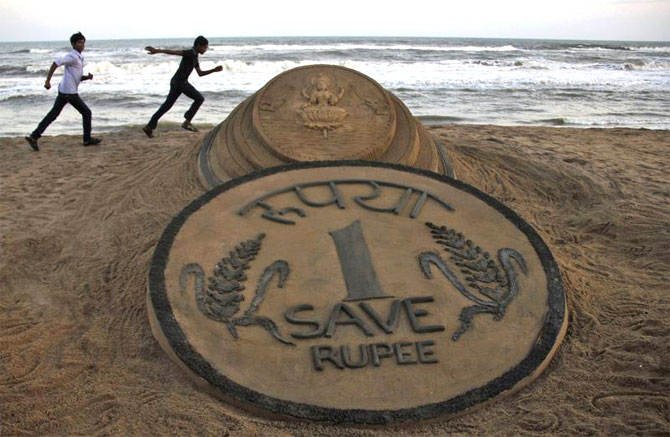
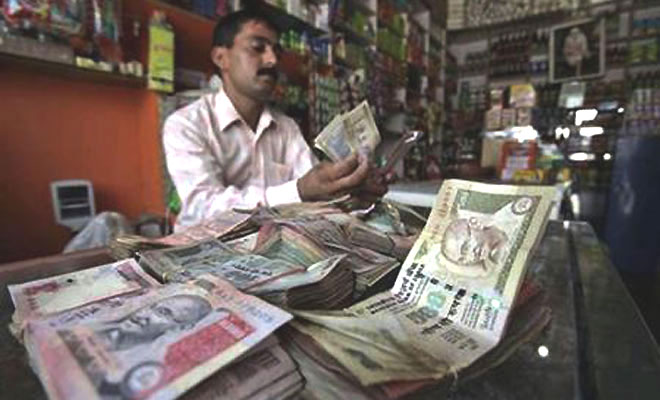
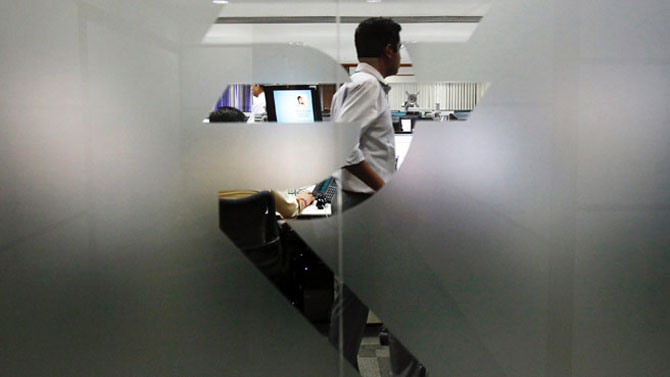
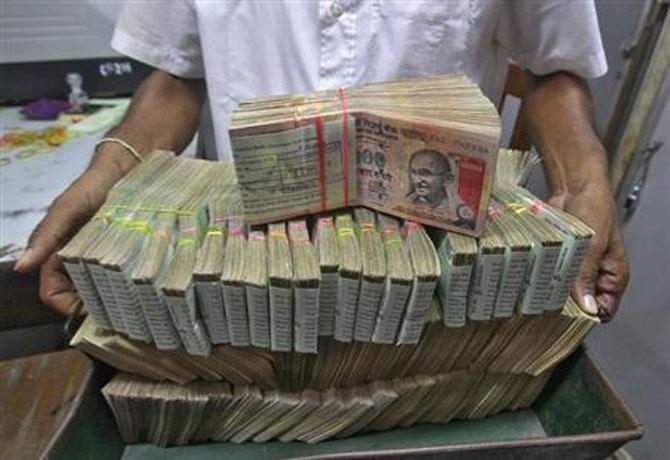
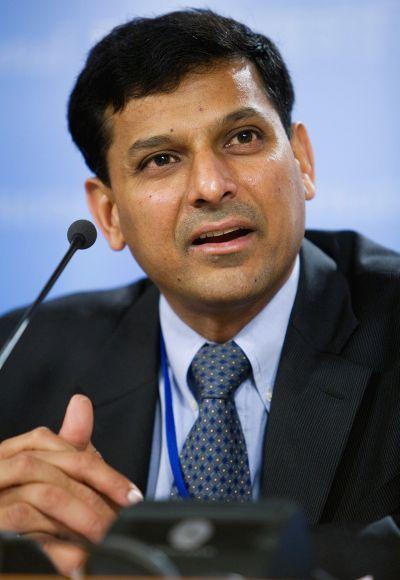

article